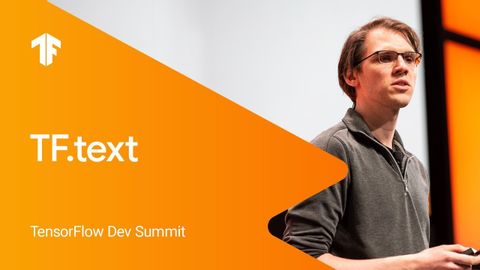Tensorflowでのテキストの改善 (TF Dev Summit '19) (Improving Text In Tensorflow (TF Dev Summit ‘19))
林宜悉 が 2021 年 01 月 14 日 に投稿  この条件に一致する単語はありません
この条件に一致する単語はありません- v.t.(人を騙すために)ふりをする : 装う;仮定する : 推測する;(責任 : 任務などを)負う : 引き受ける
US /ˌɪndəˈvɪdʒuəl/
・
UK /ˌɪndɪˈvɪdʒuəl/
- n. (c.)個人;個々の項目;個体;個人競技
- adj.個人用の;個人の;個々の;独特の
US /ɪmˈpruv/
・
UK /ɪm'pru:v/
- n. (c./u.)(ある土地に)生まれた人;全国の;(ある言語を)第一言語とする人
- adj.生まれつきの
エネルギーを使用
すべての単語を解除
発音・解説・フィルター機能を解除

